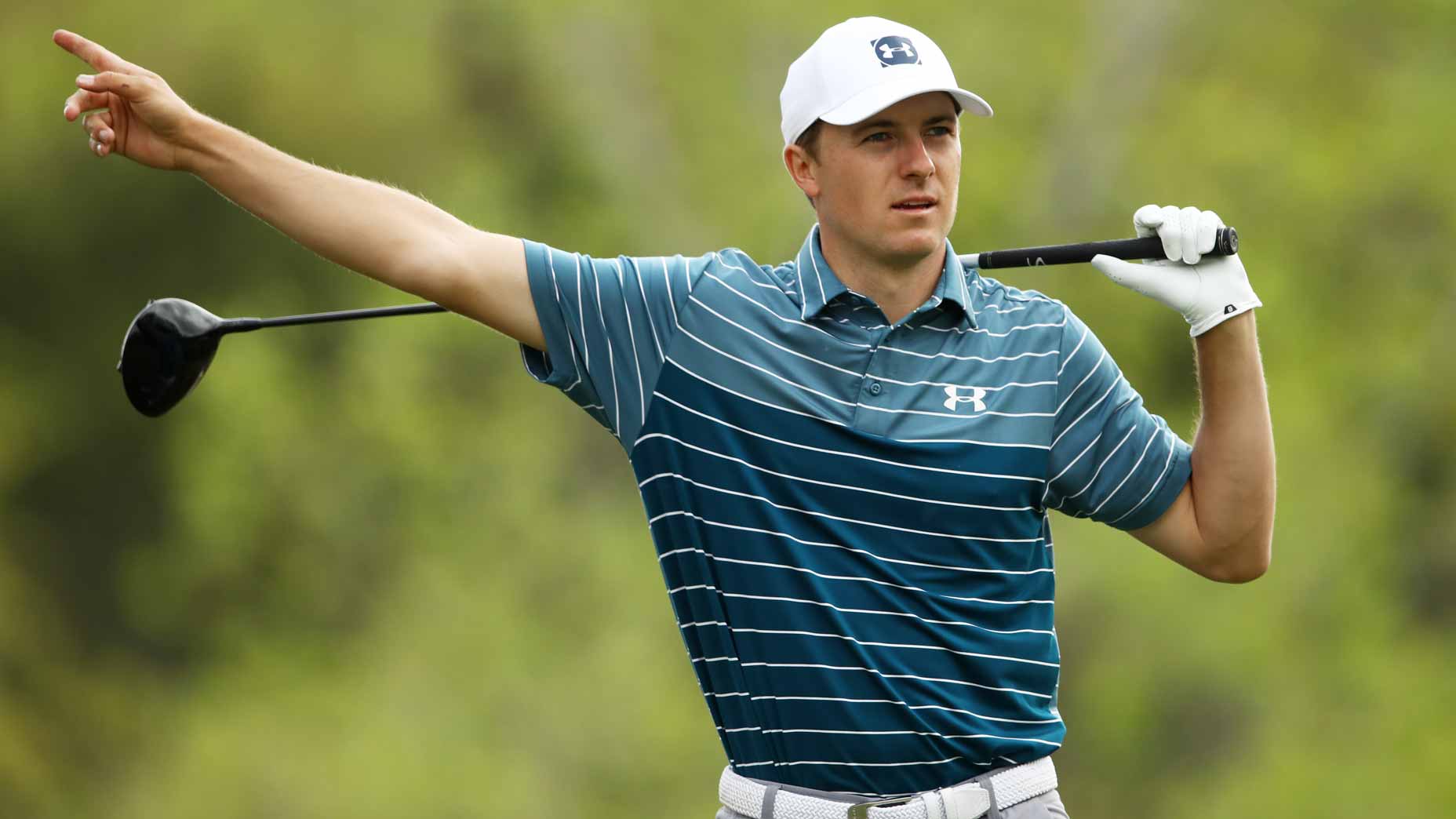How to understand your misses (and why you hit them)
- Share on Facebook
- Share on Twitter
- Share by Email

The way those your face angle and club path combine determines the type of shot you’ll hit.
Getty Images
InsideGOLF: +$140 Value
Just $39.99
The way those your face angle and club path combine determines the type of shot you’ll hit.
Getty Images
The clubface sends it and the path bends it. It’s a simple phrase that you’d do well to keep in mind, because it helps diagnose the issues facing your game. All you need to know is your club path (which is the direction your club is traveling into impact) and your face angle (the direction your face is pointing at impact). The way those two elements combine determines the type of shot you’ll hit.

Straight: When the club path is traveling down the target line and your face angle is zero at impact, the ball will go straight. Ideal combo.
Push/Pull: A push or pull happens when your clubface is square to your path, but your path is moving either left or right to your target. So a pull is when your club path is moving left of your target (out-to-in for right-handed golfers) with a closed clubface; a push is when your club is moving to the right of your target (from in-to-out) with an open clubface.
Hook/Slice: Hooks and slices happen when the clubface and path are moving in different directions. If your clubface is open but your club path is moving out-to-in: slice. If your clubface is closed and your path is in-to-out: hook.

Golf.com Contributor
Luke Kerr-Dineen is the Game Improvement Editor at GOLF Magazine and GOLF.com. In his role he oversees the brand’s game improvement content spanning instruction, equipment, health and fitness, across all of GOLF’s multimedia platforms.
An alumni of the International Junior Golf Academy and the University of South Carolina–Beaufort golf team, where he helped them to No. 1 in the national NAIA rankings, Luke moved to New York in 2012 to pursue his Masters degree in Journalism from Columbia University. His work has also appeared in USA Today, Golf Digest, Newsweek and The Daily Beast.